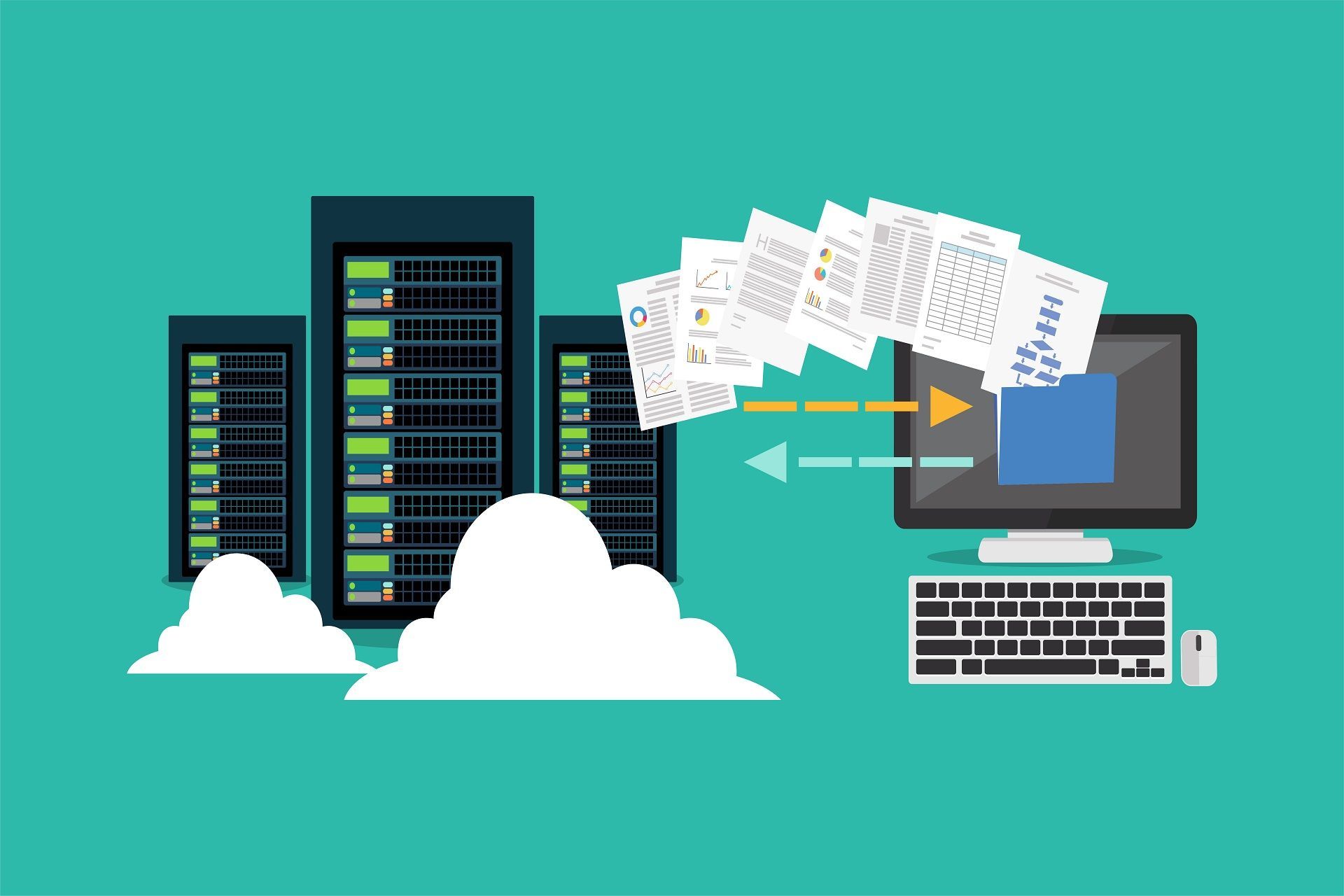Maximizing ROI and Agility: A Comprehensive Guide to Cloud Migration Benefits for Enterprises

In today’s fast-paced and constantly evolving business environment, the need for agile and cost-effective solutions is more critical than ever.
Cloud migration, the process of moving your company’s data, applications, and IT infrastructure to a cloud-based environment, offers a wealth of benefits that can help your enterprise stay competitive and thrive in the digital age.
In this guide, we’re doing a deep dive into the key advantages of cloud migration, discussing different strategies to consider, and touching on how to overcome common challenges along the way. So let’s get started on this exciting journey to the cloud!
Benefits of Cloud Migration
Embarking on a cloud migration journey can be a game-changer for organizations looking to modernize their IT infrastructure and stay competitive in the digital age. But what exactly are the benefits of making this transition?
Let’s begin by looking over the key advantages of cloud migration. We will explain how they can help your business thrive, enhance efficiency, and drive innovation.
Cost Savings
Migrating to the cloud can save you a lot of money. You can get rid of expensive on-site hardware and maintenance by moving to a cloud-based platform.
Cloud providers offer flexible, pay-as-you-go pricing models, so you only pay for the resources you actually use. This lowers your upfront investment and saves you money on maintenance costs in the long run.
Scalability and Flexibility
Another major advantage of cloud migration is the ability to scale your resources up or down effortlessly as your business grows or changes. Need more storage or computing power? No problem!
By simply clicking a few buttons, you can add more resources to meet your needs. This flexibility allows you to respond to market demands quickly and maintain a competitive edge. With the cloud, managing resources becomes easier, and you can ensure that you never allocate too little or too many resources.
Enhanced Security and Compliance
While data security is a top concern for many businesses considering cloud migration, the truth is that reputable cloud providers typically offer advanced data protection measures that are often more robust than what you’d have in place on premises.
With regular security updates, encryption, and strict access controls, your sensitive information is well-guarded in the cloud. Additionally, cloud providers often adhere to stringent industry standards and regulations, which can help you maintain compliance with ease.
Improved Business Continuity
In an era where data is the lifeblood of any organization, ensuring business continuity is crucial. Cloud migration can significantly enhance your disaster recovery capabilities by providing data redundancy across multiple locations, reducing the risk of data loss due to hardware failure or natural disasters.
This means that even in the event of an incident, your business can continue to operate with minimal downtime and quickly recover to full functionality.
Accelerated Innovation and Agility
Migrating to the cloud can empower your enterprise to innovate faster and more effectively. Your teams can work together and exchange knowledge effortlessly using advanced tools and services.
This will enhance productivity and promote innovative thinking. Furthermore, by using the cloud, the process of software development and deployment becomes easier, resulting in faster launches of new products and services.
Cloud Migration Strategies
As you embark on your cloud migration journey, understanding the different strategies available is crucial to ensure a successful and smooth transition.
Each organization has unique needs and goals, making it essential to select the most suitable approach for your specific situation. In this section, we’ll explore the various types of cloud migration strategies to help you make an informed decision.
Types of Cloud Migration
There are several approaches to cloud migration, and the best one for your organization will depend on your specific needs and goals. Some common strategies include:
Lift and Shift: Simply moving your existing applications and data to the cloud with minimal modifications.
Refactoring:
Revising or optimizing applications for better performance in the cloud.
Replatforming: Modifying the underlying platform of an application, but not its core functionality, for a smoother transition to the cloud.
Re-architecting:
Completely redesigning an application to leverage cloud-native features and functionality.
Choosing the right cloud migration strategy depends on your organization’s specific requirements, objectives, and resources. By carefully evaluating the advantages and potential challenges of each approach, you can determine the best path forward.
With a well-planned migration strategy, your organization can fully embrace the benefits of the cloud, enhancing efficiency, scalability, and innovation. Don’t hesitate to seek expert guidance and support to ensure a seamless and successful cloud migration process.
Choosing the Right Strategy
To select the most suitable migration strategy for your enterprise, it’s important to assess your business goals and requirements thoroughly. Start by evaluating your existing IT infrastructure and identify which applications and data will benefit the most from cloud migration.
To make an informed decision about the best migration approach, consider your organization’s budget, timeline, and technical expertise. This will help you maximize ROI and agility.
Overcoming Cloud Migration Challenges
While cloud migration offers numerous advantages, it’s not without its challenges. Data security concerns, potential downtime, and integrating legacy systems are some common hurdles businesses face.
However, with careful planning, collaboration with experienced cloud providers, and leveraging the right tools and resources, you can successfully navigate these challenges and reap the benefits of the cloud.
Closing Thoughts
In conclusion, cloud migration can provide your enterprise with significant cost savings, scalability, enhanced security, improved business continuity, and accelerated innovation.
By choosing the right migration strategy and addressing potential challenges proactively, you can transform your business, maximize ROI, and boost agility in today’s competitive landscape.
So don’t wait any longer—start exploring the potential of the cloud for your enterprise today!
Ready to Make the Most of Cloud Migration for Your Business?
Get in touch with OamiiTech for tailored
cloud solutions that cater to your unique needs. Schedule a free consultation with our experienced consultants, and let us help you seamlessly connect the world, modernize your infrastructure, and optimize your data management.
Take the first step toward unlocking your business’s true potential with our customized cloud services by calling us at
561-228-4111. Let OamiiTech be your partner in maximizing your
data management capabilities and propelling your business to new heights!
Disclaimer: The information on this website and blog is for general informational purposes only and is not professional advice. We make no guarantees of accuracy or completeness. We disclaim all liability for errors, omissions, or reliance on this content. Always consult a qualified professional for specific guidance.
Search
Recent Posts

OamiiTech is a leader in the cloud computing, database, and data warehousing spaces. We provide valuable content that maximizes return on investment for our clients.
MENU
SERVICES
TECHNOLOGIES
CONTACT INFO
6742 Forest Blvd No. 336, West Palm Beach, FL, 33413, USA.
All Rights Reserved.
Website Designed & Managed by Oamii.





